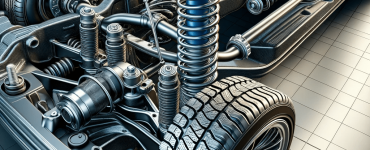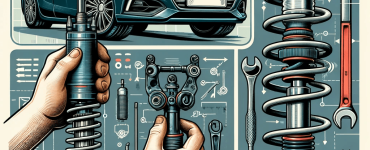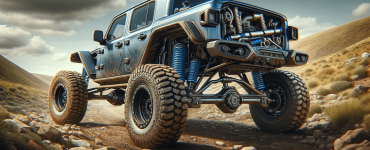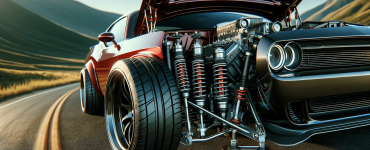Ultimate Guide to Suspension Tuning for Racing
Racing demands peak performance, and suspension tuning plays a crucial role in this high-speed world. It’s all about finding the perfect balance between comfort and control, optimizing your vehicle’s handling characteristics for the track.
Key Takeaways
| Aspect | Details |
|---|---|
| Importance of Suspension Tuning | Essential for improved handling and performance in racing |
| Key Components | Shock absorbers, springs, anti-roll bars, and air suspension |
| Tuning Techniques | Adjusting stiffness, damping, and alignment |
| Benefits | Enhanced stability, cornering, and ride quality |
| Considerations | Vehicle type, racing conditions, and driver preference |
Understanding Suspension Tuning
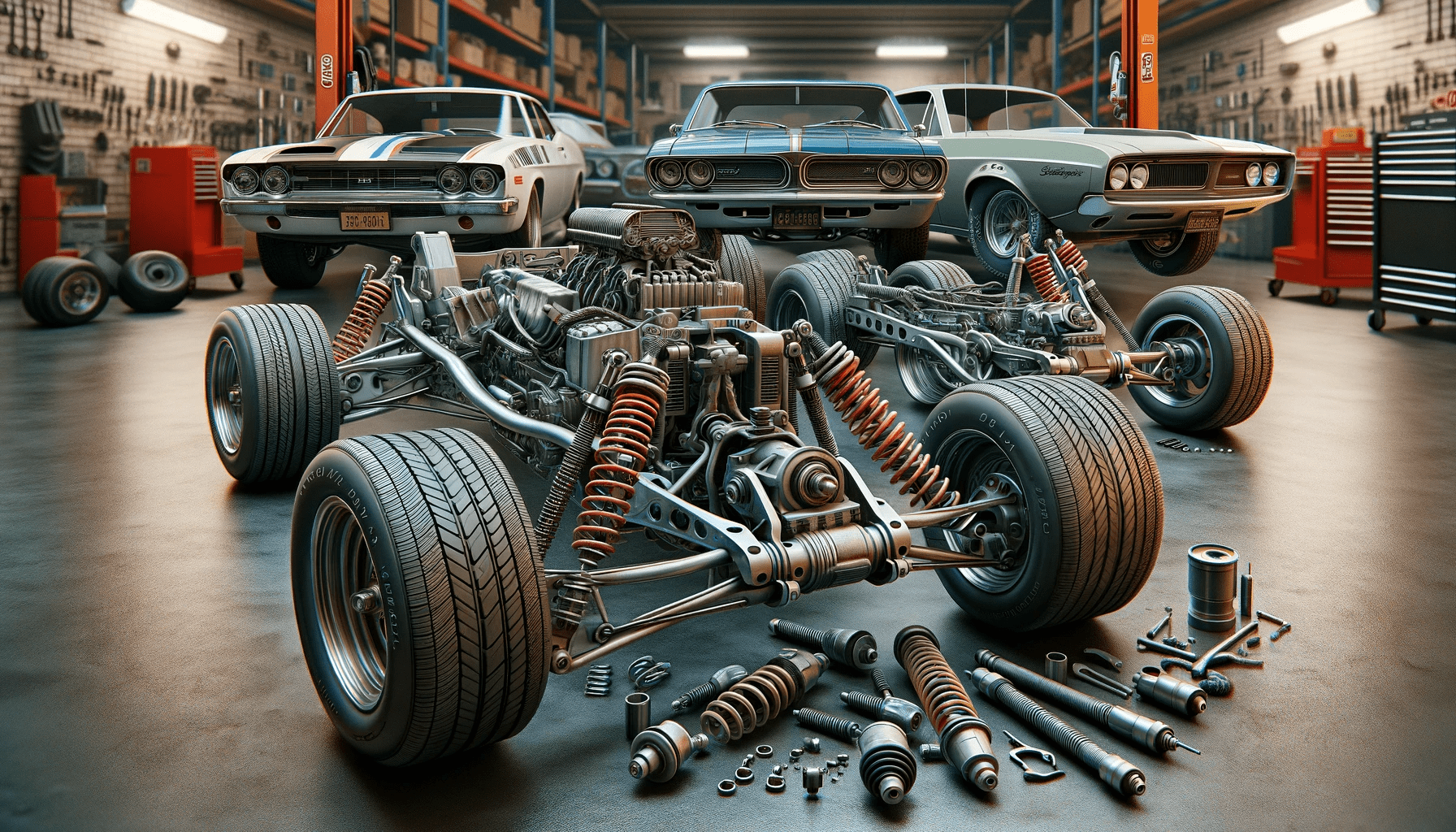
Suspension tuning is an art and a science. It involves adjusting various components to achieve the desired handling characteristics. Let’s delve into the critical components:
- Shock Absorbers: The best shocks for Ford F150 4×4 highlight how crucial shocks are for damping road irregularities and maintaining tire contact with the road.
- Springs: Springs play a pivotal role in supporting the vehicle’s weight and determining ride height. Understanding the coilovers vs. springs debate is vital for tuning.
- Anti-Roll Bars: These bars reduce body roll during cornering. Upgrading them can significantly enhance stability, as detailed in anti-roll bar upgrades.
- Air Suspension: Offering an adjustable ride height, air suspension can be a game-changer, as shown in the benefits of air suspension.
Tuning Techniques
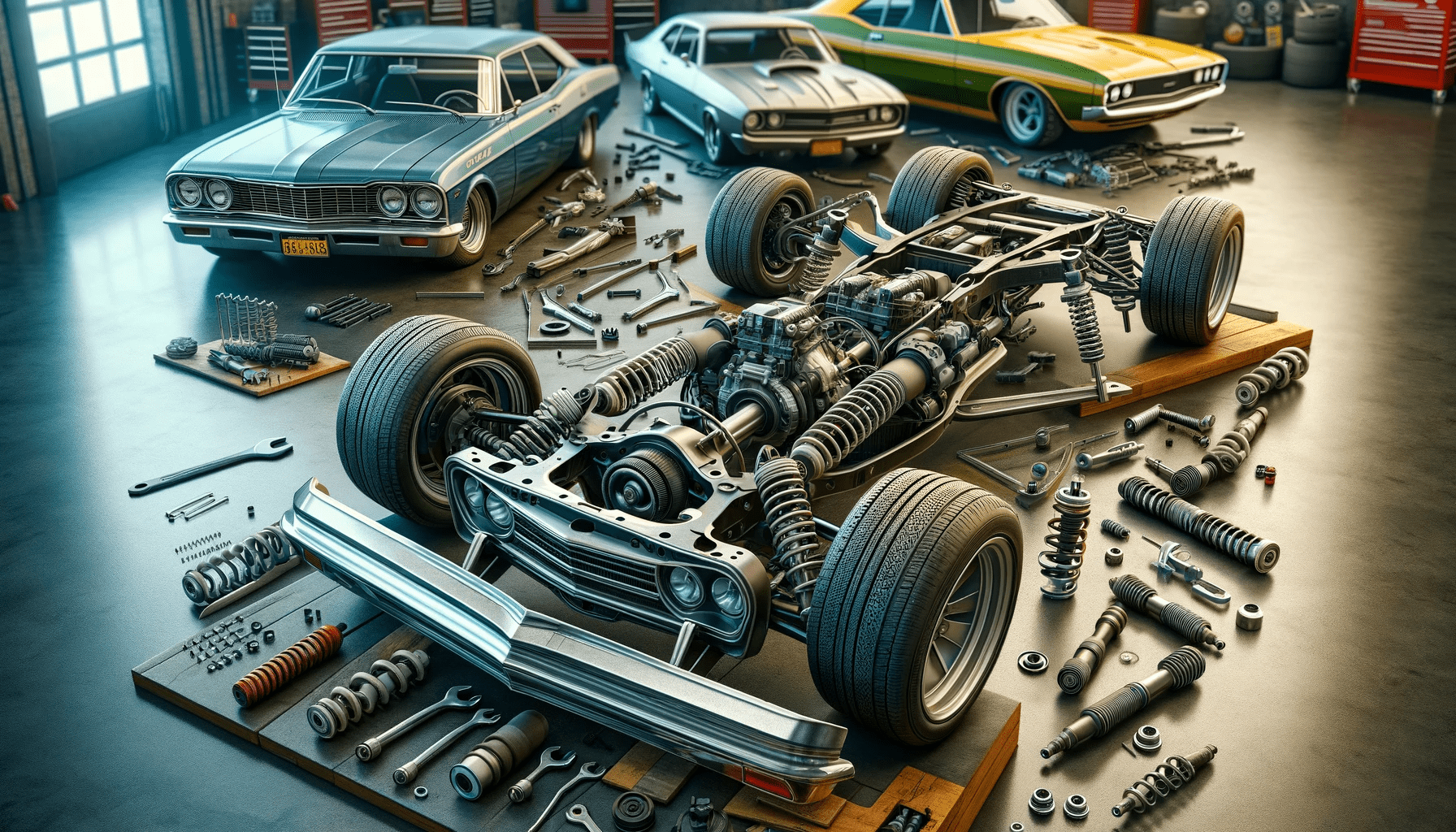
1. Adjusting Stiffness
- Springs: Firmer springs for better cornering, softer for comfort.
- Shock Absorbers: Adjusting damping controls how quickly the suspension reacts.
2. Alignment
- Camber, Toe, and Caster: Essential for tire longevity and optimal grip.
3. Height Adjustment
- Ride Height: Affects center of gravity and aerodynamics.
The Benefits of Proper Suspension Tuning
- Improved Handling: Better control and response.
- Enhanced Stability: Especially during high-speed cornering.
- Optimized Grip: Maximizes tire contact with the road.
Practical Examples
- Racing Circuits: On smooth tracks, stiffer setups are ideal.
- Rally Racing: Requires a more forgiving suspension for varied terrains.
Suspension Tuning Variables and Their Impact
| Variable | Description | Impact on Racing Performance |
|---|---|---|
| Spring Rate | Stiffness of springs; higher rate means stiffer springs | Increased stiffness improves cornering but can reduce traction on rough surfaces |
| Damping Rate | Speed at which the shock absorber controls spring motion | Higher damping offers better control at high speeds but can lead to a harsh ride |
| Ride Height | Height of the vehicle’s chassis from the ground | Lowering improves aerodynamics and lowers the center of gravity, enhancing stability |
| Wheel Alignment | Angles of wheels relative to the car and road surface | Correct alignment ensures optimal tire contact, improving grip and reducing wear |
| Anti-Roll Bar Stiffness | Resistance of the car to roll in corners | Stiffer bars reduce body roll, enhancing stability in corners but can affect traction |
Final Thoughts
Suspension tuning in racing isn’t a one-size-fits-all solution. It requires a blend of technical know-how and practical experience. Whether it’s mastering the basics of suspension mods or exploring advanced techniques like performance shock absorbers, every adjustment counts in the race for the checkered flag.
Remember, the ultimate goal is to harmonize your vehicle’s suspension with the demands of the track and your driving style. Happy tuning!

